Swedish body massage is flowing & stimulating massage that helps to improve the circulation, increase blood flow and detoxify the muscles, in order to relieve muscle tension. This classic massage aims to result in a complete physical, mental and emotional relaxation and a feeling of wellbeing.
... Relaxes muscles, improves circulation, relaxes & stimulates the skin and nervous system. It can help reduce tension, emotional and physical stress and may help to alleviate chronic pain.
During a full body massage towels will be used to ensure your modesty. To allow for a free-flowing massage organic oils will be used. These can help to nourish the skin.
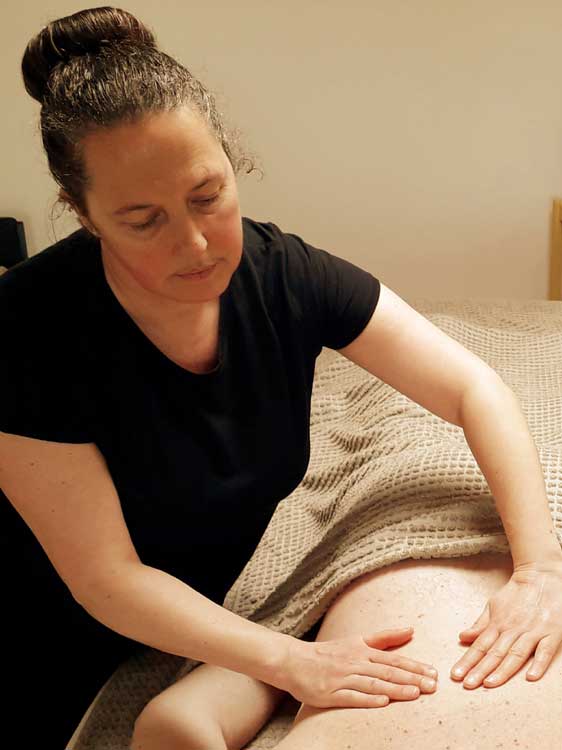
The massage strokes are gliding gentle and varying degrees of pressure are used. The pressure can be light or firmer – tailored to your own requirements. Once you’ve achieved a state of relaxation this allows for deeper work using “Tapotement” which uses a variety of techniques such as: thumb, elbow & knuckle pressure, chopping and cupping which enables a deeper release of muscle tension perfect for relaxing and unknotting tension within the body.
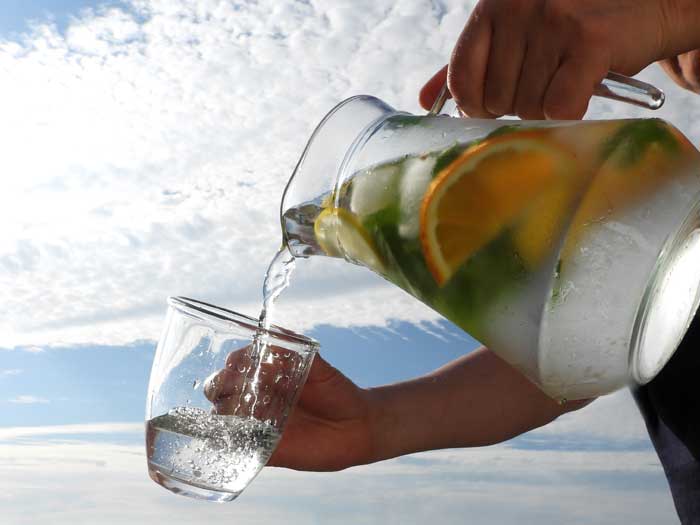
You are now feeling relaxed after your treatment... prolong the feeling by following a few simple steps below, you will then be receiving the full benefits from your treatment
- Your body temperature can drop during and after a treatment make sure you keep warm.
- Drink plenty of liquids, water or herbal tea to flush the toxins through your system and keep hydrated. Avoid stimulants such as tea, coffee, alcohol & smoking as these are toxins.
- Avoid exposure to the sun in the hours immediately after your treatment
- Try to keep your meals light, healthy and easily digestible.
- Try to relax after your treatment and avoid strenuous exercise, if you feel tired plenty of rest or an early night will do you the world of good.
- Everybody’s reaction after a treatment is different however you may experience rebalancing effects sometimes after your treatment, please do not worry as they can be a sign of an effective treatment these may include:
- Feeling very relaxed & lightheaded
- Change in sleep pattern
- Increased need to go to the toilet
- Slight erythema (redness) bruising
- Headache
- Avoid other complementary therapy treatments for 24 hours
- Treatments are not a substitute for medical care always continue with all current medical treatment plans
- If you experience any adverse symptoms after your treatment, they are temporary and should go within 24 to 48 hours, however if they persist please do not hesitate to contact me or seek medical advice
- Many people have found that, to some extent, they have been helped by treatments. Regular treatments can help to maintain homeostasis (a state of balance). Therapies do not claim to be a cure and should never be used in place of conventional medical care. Always consult your doctor or other health professionals for medical attention and advice.
If you experience any of the above symptoms, they are temporary and should go within 24 hours, However if they persist, please do not hesitate to contact me or seek medical advice.
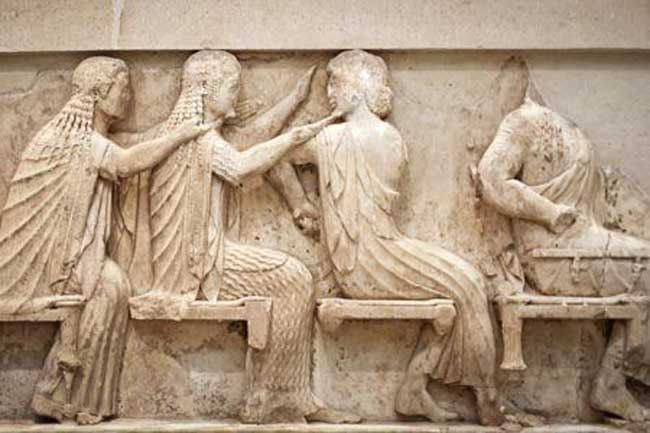
Massage Therapy has evolved over 5,000 years. The practice of using touch as a healing method derives from customs and techniques rooted in ancient history. Civilizations in the east and west found that massage could heal injuries, relieve pain, prevent and cure illnesses. What’s more, it helped reduce stress and produced deep relaxation. The earliest written records of massage therapy were discovered in Egypt and China. Tomb paintings in Egypt depict individuals being kneaded by others. In Eastern cultures, massage has been practiced continually since ancient times.
A Chinese book from 2,700 B.C. The Yellow Emperor’s Classic of Internal Medicine recommends ‘breathing exercise, of hands and feet. It was one of the principal methods for relieving pain for Greek and Roman physicians. Julius Caesar was said to have been given a daily massage. A Roman physician Galen began using massage therapy to treat different types of physical injuries and diseases. Galen believed in exercise, healthy diet, rest and massage as integral pieces in restoring health.
The greatest advancement of therapeutic massage recorded was by a Swedish physiologist called Per Henrik Ling 1776-1839. He was a fencing master and gymnast who studied massage after he cured himself of rheumatism in his arm. He established an institute for researching massage movements. His system was based on a study of gymnastics and physiology, and on techniques borrowed from China, Egypt, Greece and Rome. Physiotherapy, originally based on Ling’s methods, was established with the foundation in 1894 when a group of nurses formed The Society of Trained Masseurs, who established training courses and exams for therapeutic massage.
He introduced French terms such as effleurage and petrissage and through his research created a scientific system of therapeutic massage known as Swedish massage. James Mennell (1880-1957) of St Thomas Hospital recognised the benefits of massage for treatments in hospitals. During World War I patients suffering from nerve injury or shell shock were treated with massage. St Thomas’s Hospital London had a department of massage until 1934.
Todays massage has developed into a combination of techniques which all have their roots in the Swedish system.
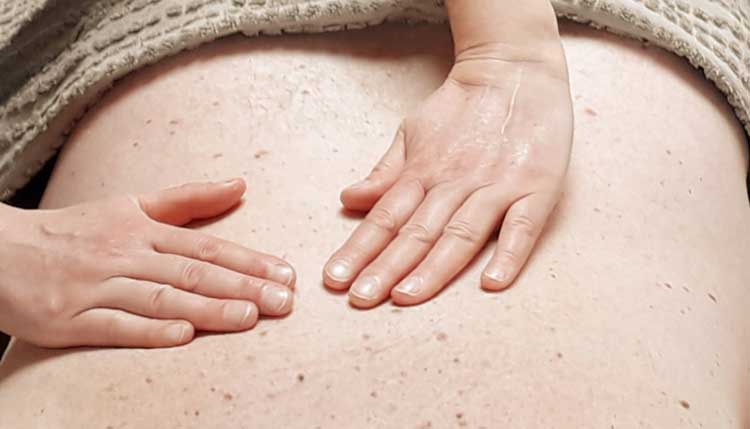





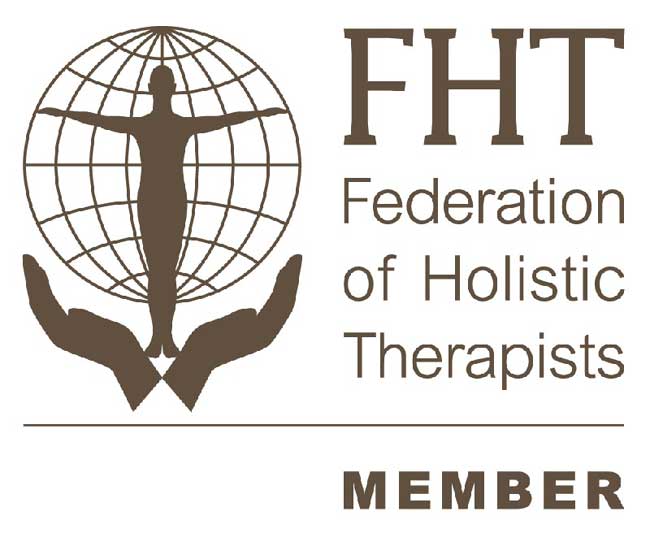

 077 8799 6070
077 8799 6070